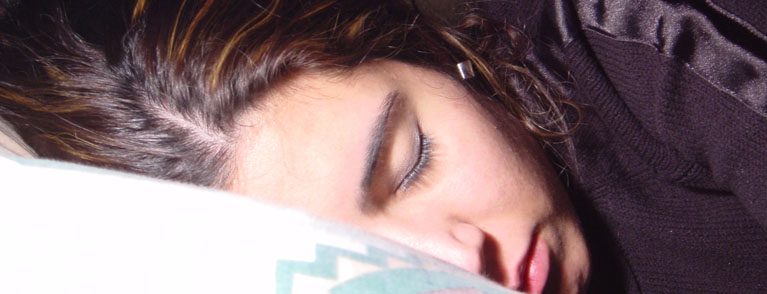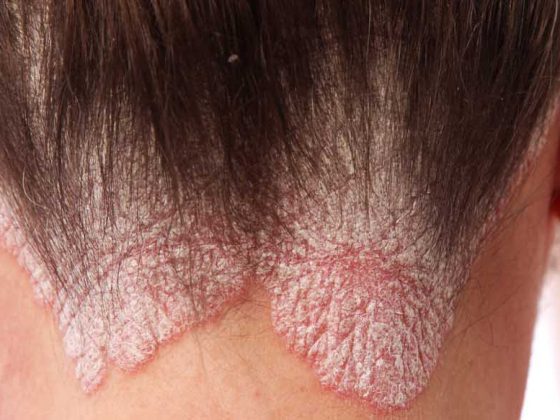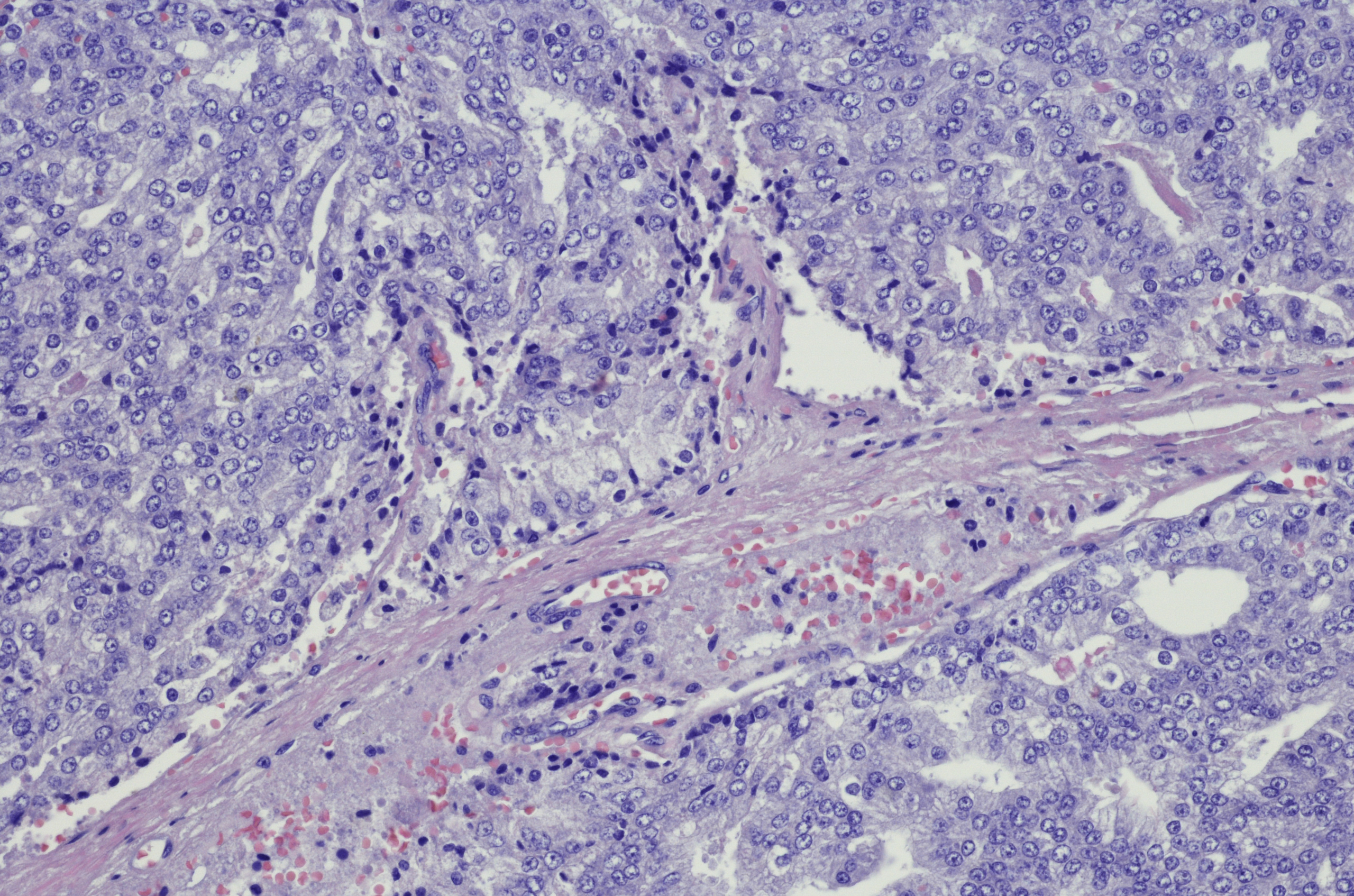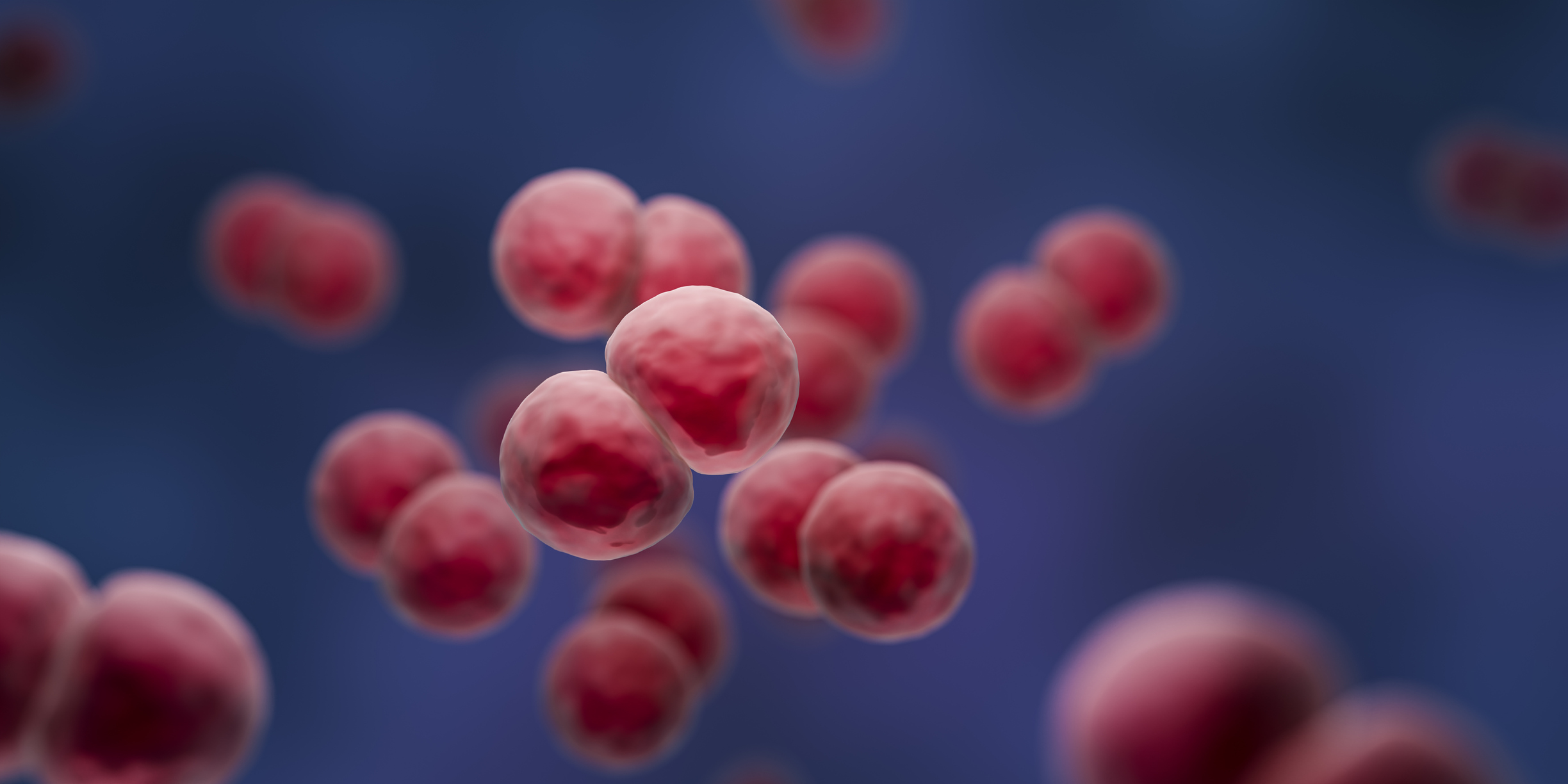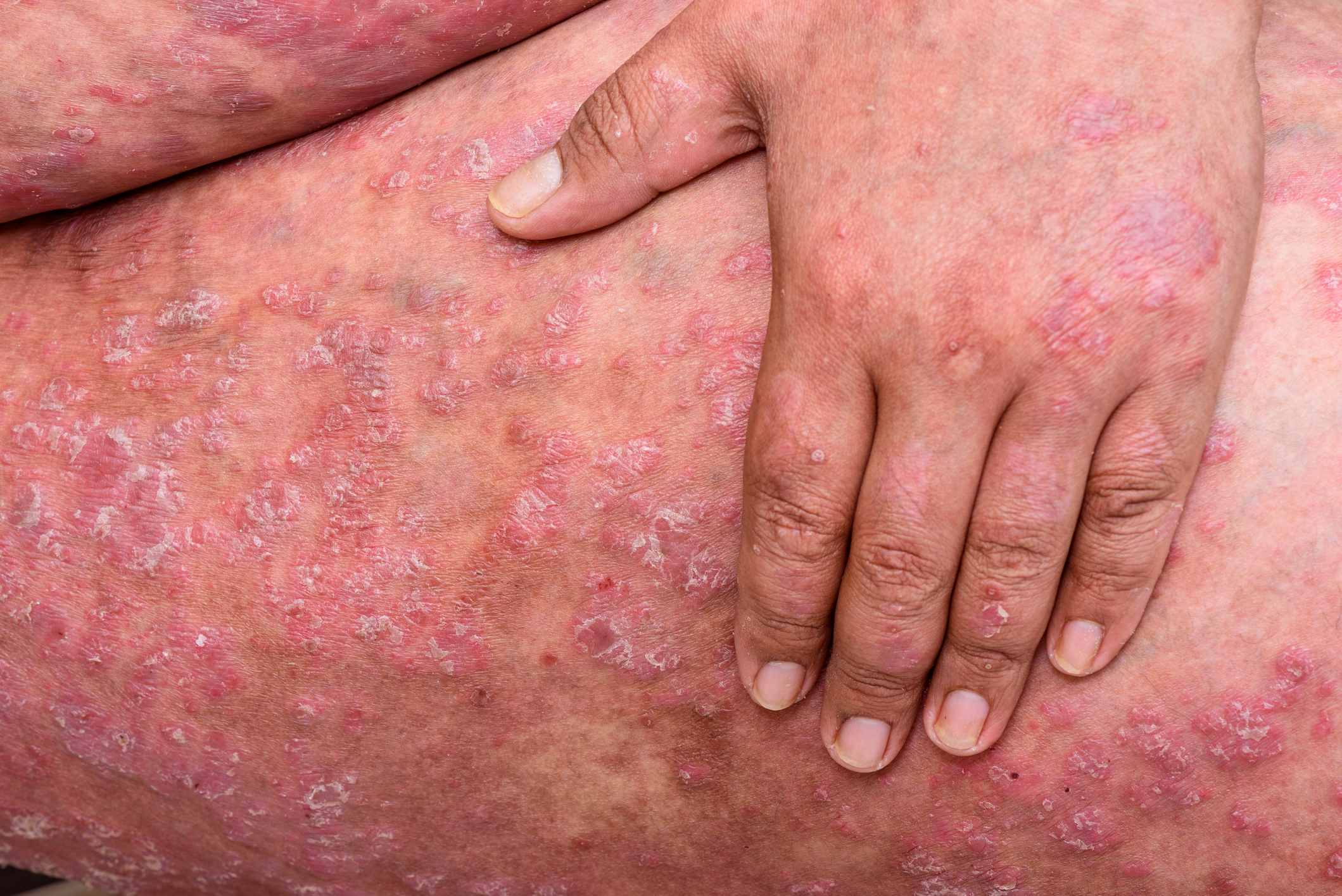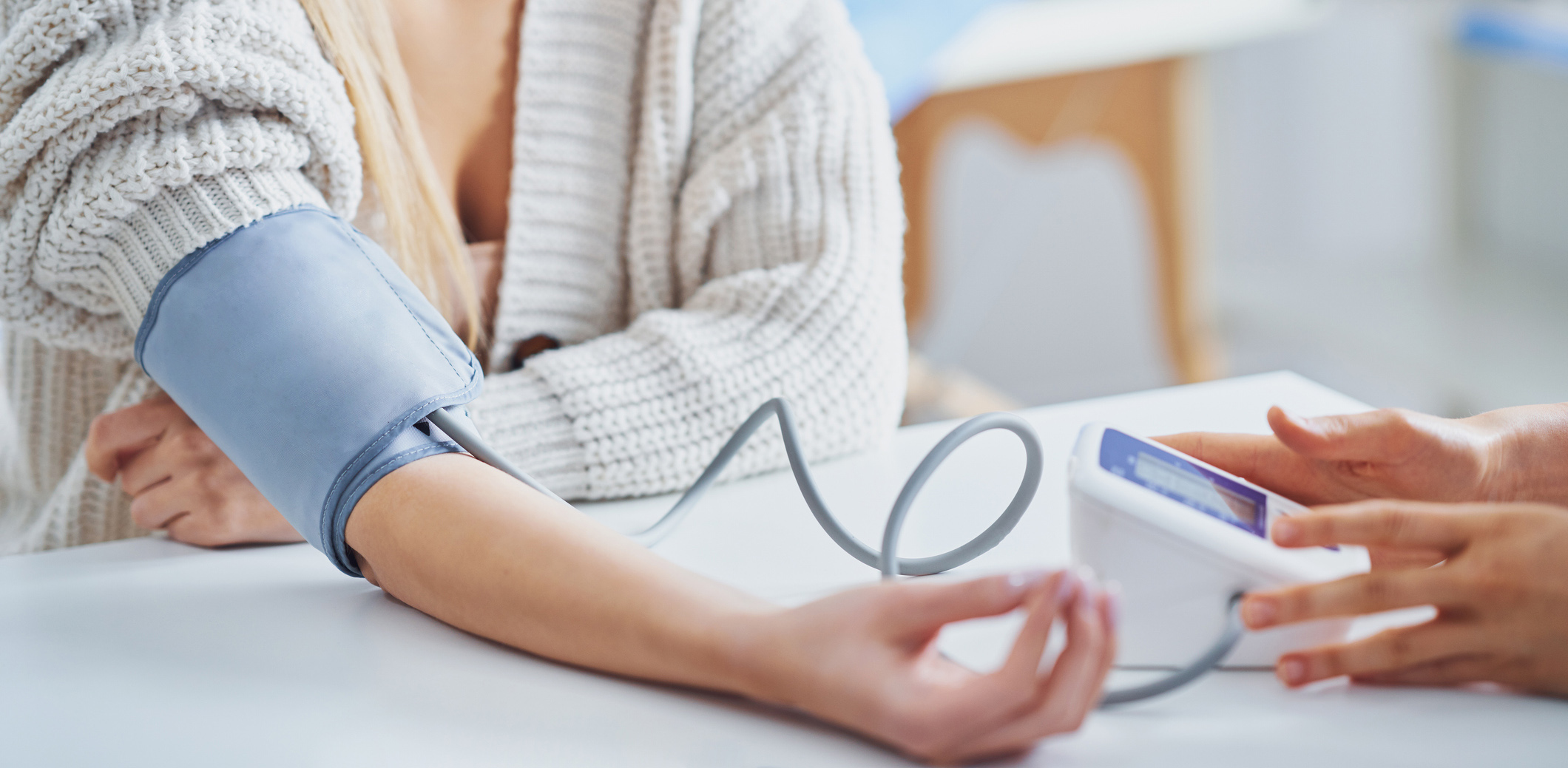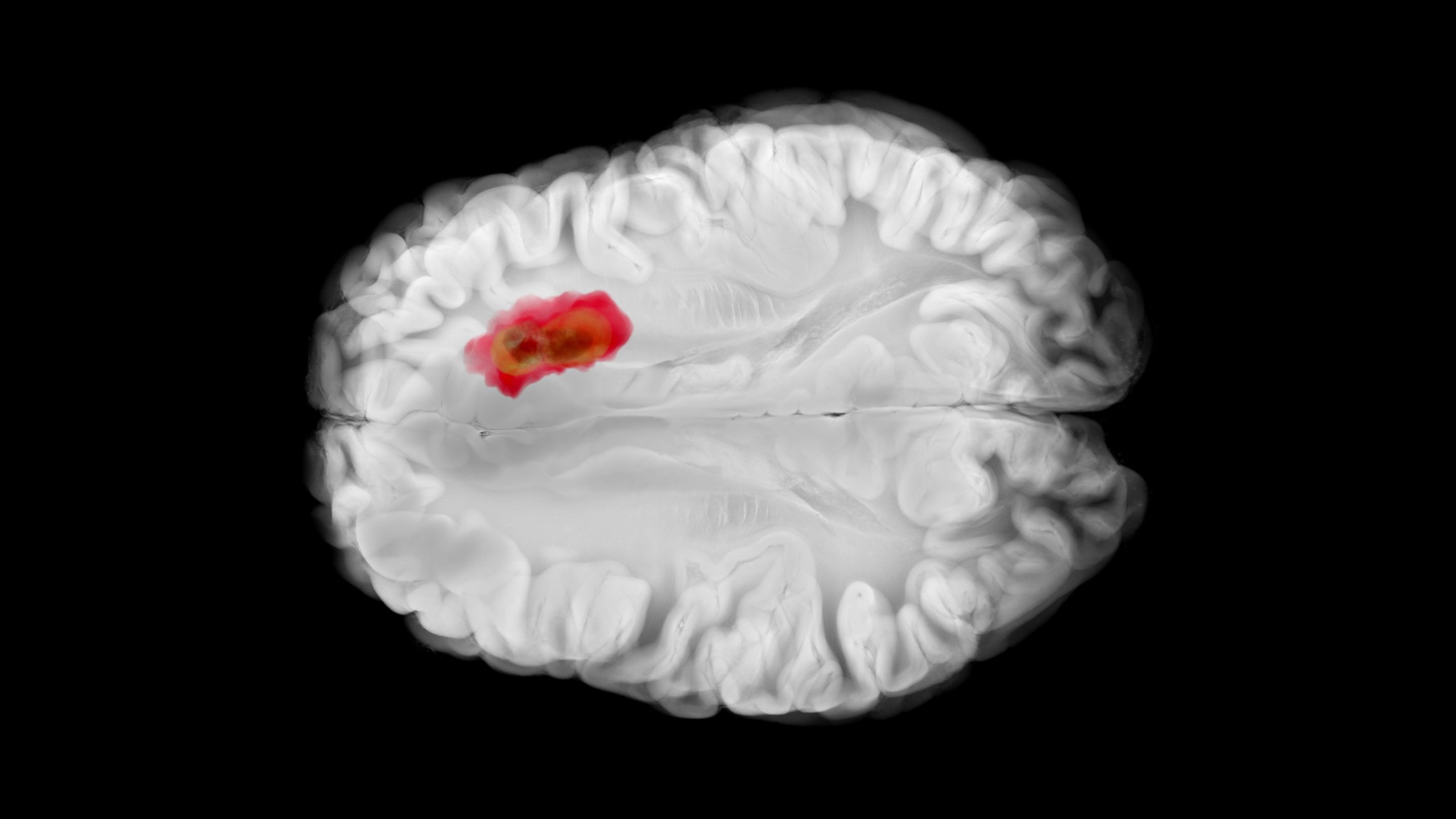Around 150,000 people in Switzerland are affected by sleep apnea. The disease with the symptoms of snoring, breathing pauses and daytime sleepiness, is still considered predominantly a “men’s problem”, as it occurs less frequently in women and is little researched. Recently, there has been intense discussion among experts about sleep apnea in women. Various studies have shown that many more women suffer from sleep apnea than previously thought, but that the disease is often not recognized in them and accordingly not treated [1].
Epidemiological studies show that one third of sleep apnea sufferers are women. In Switzerland, however, the percentage of diagnosed sleep apnea in women is only 13%. Women more often show atypical and less definite symptoms, such as insomnia, restless legs, morning headaches and depression. To date, researchers have not been able to develop a simple questionnaire that reliably identifies sleep apnea in women. “Studies indicate that sleep apnea is underdiagnosed in women,” said Prof. Robert Thurnheer, MD. After menopause, the risk of sleep apnea even increases immediately by two and a half times.
Untreated sleep apnea syndrome can reduce life expectancy by years. A recent study [2] shows that untreated severe sleep apnea is also associated with an increased risk of heart attack in women.
Sleep apnea can be treated
Sleep disturbances, daytime sleepiness or nocturnal respiratory arrest should therefore be clarified and treated by a doctor as soon as possible. Initial information is provided by a simple online risk test at www.lungenliga.ch. CPAP therapy is usually successful for both women and men: the breathing mask helps to achieve normal sleep, reduces health risks and improves quality of life.
Source: Press release Lungenliga Schweiz
Literature:
- Valipour A: Gender-related Differences in the Obstructive Sleep Apnea Syndrome. Pulmonology 2012; 66: 584-588.
- Campos-Rodriguez F.,et al: Cardiovascular mortality in women with obstructive sleep apnea with or without continuous positive airway pressure treatment: a cohort study. Ann Intern Med 2012; 156(2): 115-122.


